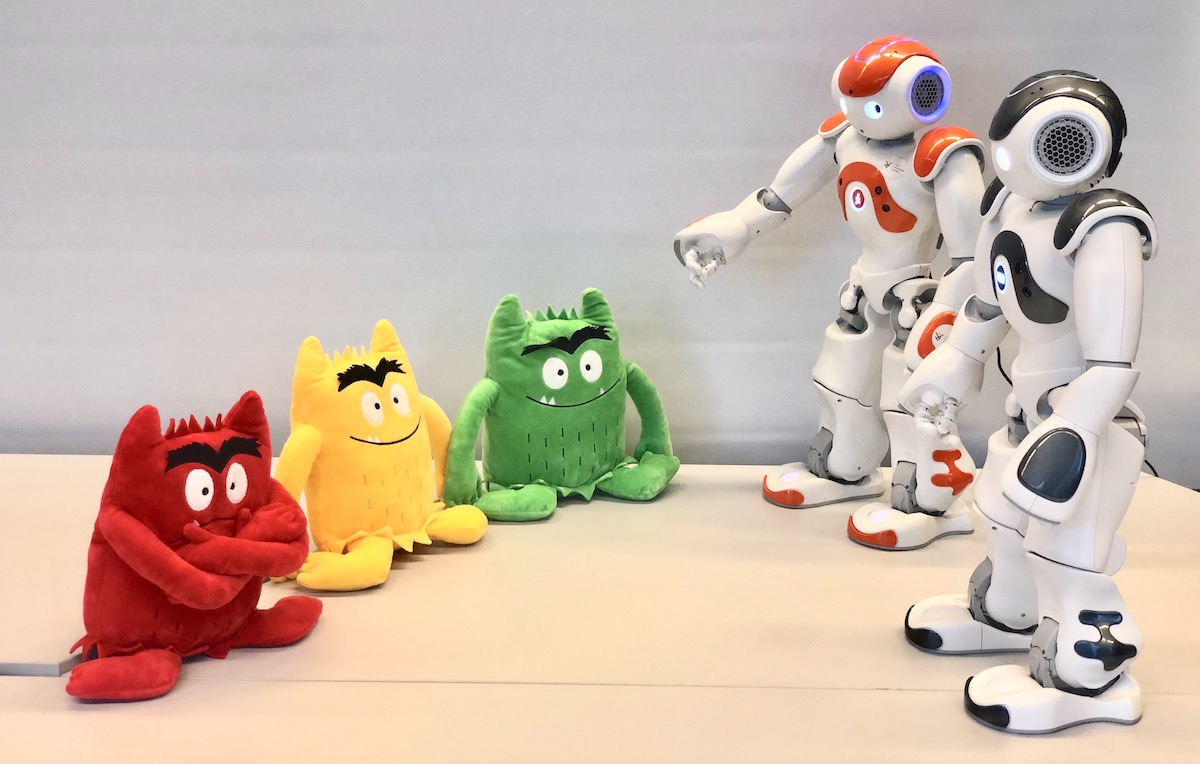The main objective of our research on emergent communication is to develop mechanisms that support the development of flexible and adaptive languages in populations of autonomous robots or software agents. It is these mechanisms that ensure that the agents are able to conceptualise and categorise the world in which they live in a meaningful way, and learn to reason and communicate about it. The research paradigm is used to elaborate the link between symbolic and subsymbolic AI (also referred to as hybrid AI), by showing how meaningful symbols can emerge out of continuous perceptual streams.

Our unique expertise lies in the application and further development of the broadly studied language game paradigm, consisting in carrying out multi-agent experiments in which a population of agents takes part in a series of scripted and task-oriented communicative interactions. Each game is typically played locally by two agents in the population without any form of central control. Through self-organisation, the population converges on a shared communication system after playing a large number of games.
Background Reading
Nevens, Jens, Van Eecke, Paul & Beuls, Katrien. 2019. A Practical Guide to Studying Emergent Communication through Grounded Language Games. Proceedings of AISB '19 Falmouth, United Kingdom.
Luc Steels. 2001. Language Games for Autonomous Robots. IEEE Intelligent Systems 16, 5 (September 2001), 16-22.